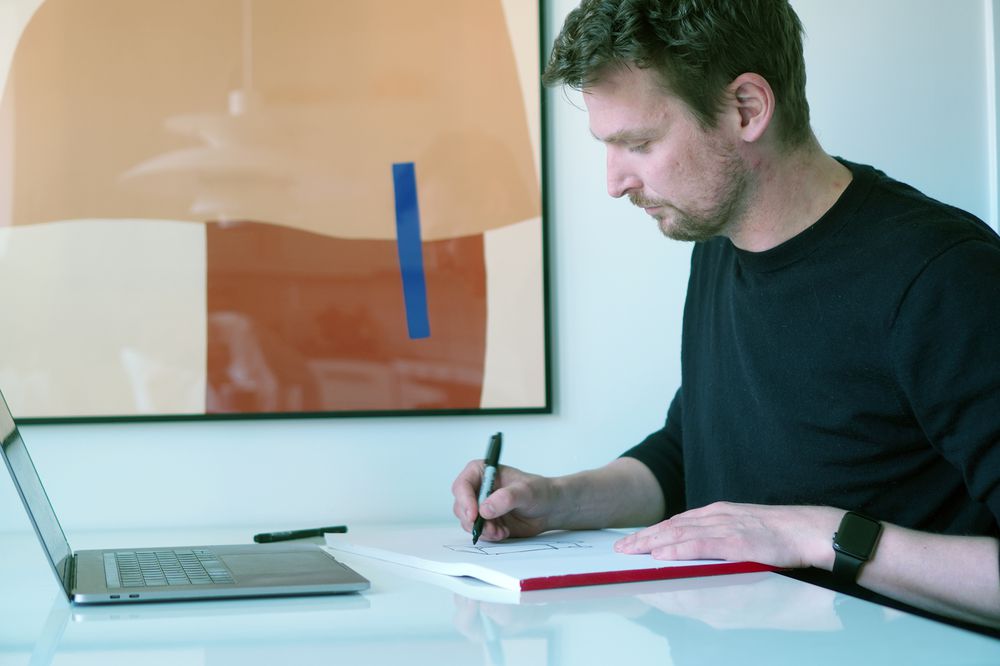Traditionally, packaging has performed three fundamental roles – protection, transportability and communicating relevant information to supply chain participants. Meanwhile, today’s packaging systems leave a significant environmental footprint with millions of cardboard boxes and single-use plastic packaging solutions that end up in domestic waste streams and escape into the environment.
Analysis of e-commerce parcels also shows that up to 40 per cent of their volume is empty space. Poor package utilization translates into lower utilisation of transportation assets, which drives up energy consumption and puts additional strain on supply chain network capacity. And under-utilised packaging can also increase the risk of product damage in transit.
"Today’s transportation solutions aren’t made for multi-use, which was in our brief. So what we looked at was a solution designed for reverse logistics based on sustainable and reusable packaging materials, allowing for packaging optimisation of the planned furniture sets, as well featuring smart technology for tracking and identifying contents," says Marcus Hansson, Senior Strategic Designer at Boid.
"To achieve those objectives, we evaluated new technologies, materials, and processes across the value chain," he continues.

“Technology is a great enabler for the circular economy”
Boid’s team of product designers works close to academia, combining new technology with new materials and the latest findings in climate and energy research, based on the conviction that technology is a great enabler for the circular economy. After analysing the problem and evaluating several options, Boid presented NORNORM with three potential solutions, of which one was selected and further developed.
"Our solution is based on using pods for transportation and storage, produced from recycled materials. They’re designed to be durable, providing good protection, and allow for efficient packaging opportunities for different types of furniture sets, without disassembling."
"Another important aspect that we picked up from the brief was that the solution must be ergonomic – i.e. good for people. This means that the pods must be lightweight, equipped with wheels and easy to manoeuvre, potentially in an automated way," Marcus Hansson says.
The next step in the process is to develop a prototype for the pod, a process that includes carefully evaluating materials based on several criteria e.g. circularity, weight and resilience.
"We will carefully analyse which material is most sustainable, whether it’s ocean plastics or other types of recycled materials. It’s an interesting assignment that responds to growing frustration over packaging that is hard to use and difficult to recycle. Packaging waste represents a significant environmental challenge, so it’s quite exciting to be part of a project where we are encouraged to design an innovative solution that delivers beyond the traditional concept of packaging and handling of goods." Marcus Hansson says.

